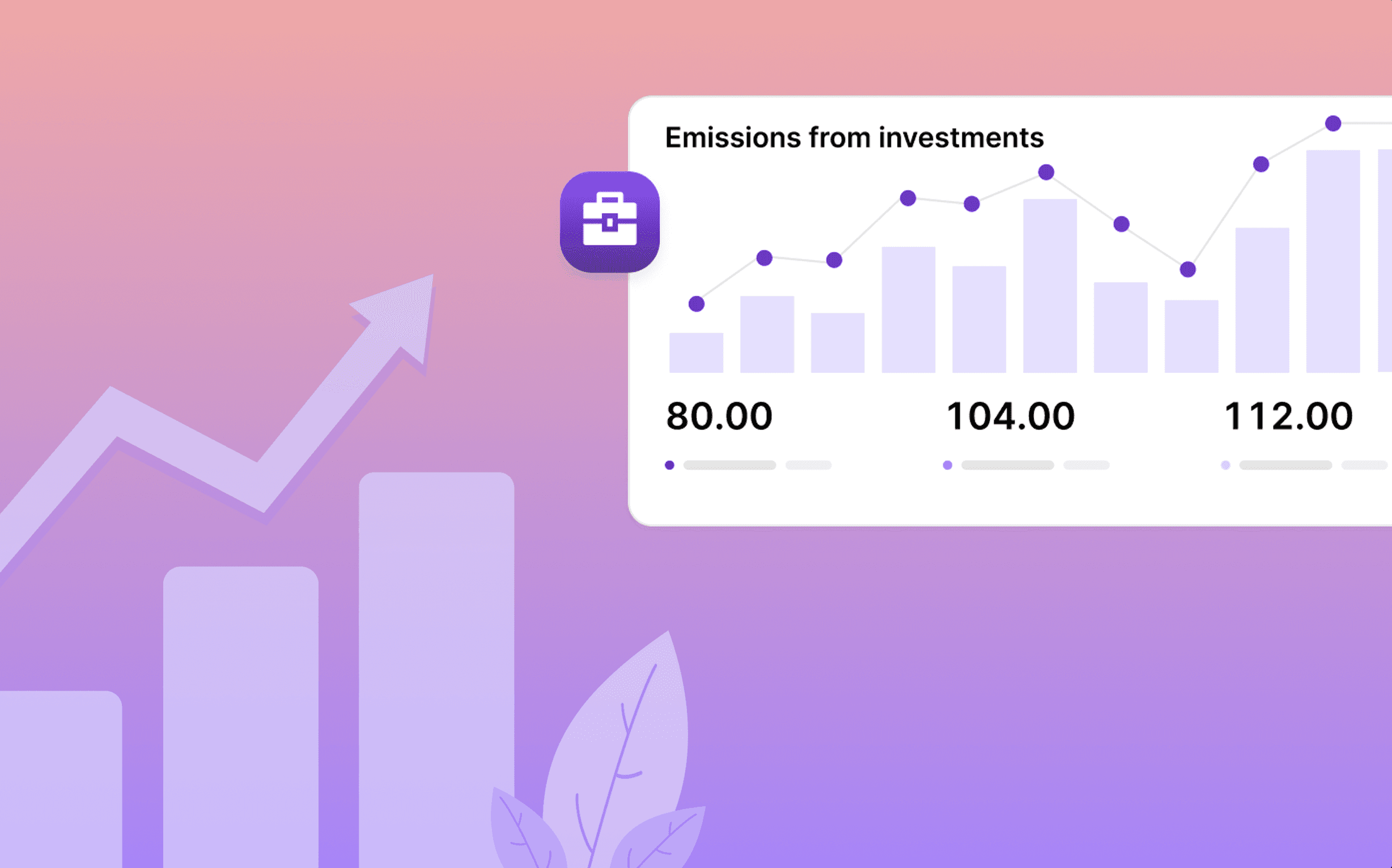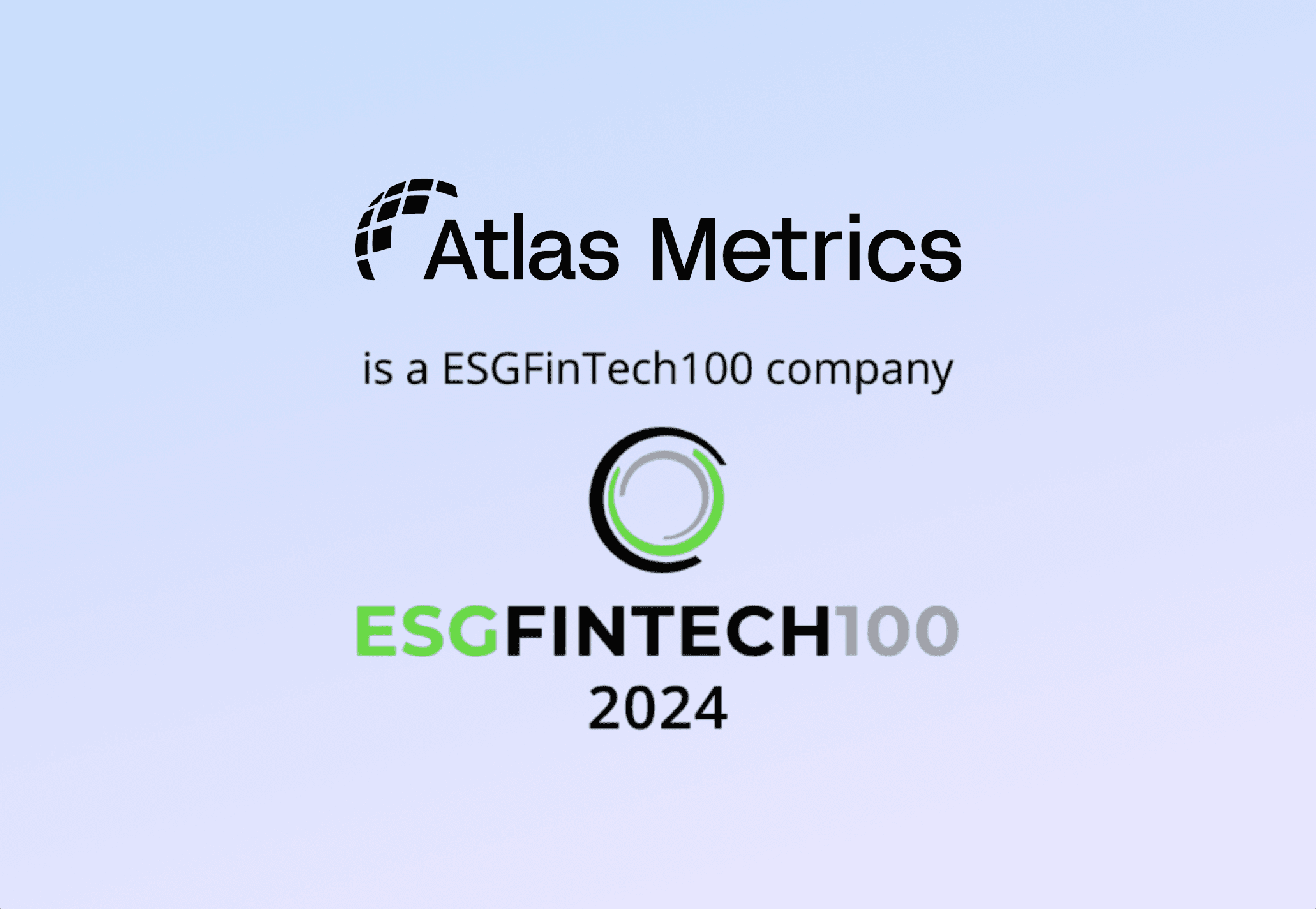Mastering the CSRD double materiality assessment: A comprehensive guide
15.07.2024
·
Lena Bernkopf
As sustainability continues to shape the corporate landscape, understanding double materiality as a key requirement of the Corporate Sustainability Reporting Directive (CSRD) is essential for businesses. This concept is a cornerstone of comprehensive sustainability reporting, helping companies to assess and disclose their impacts, risks and opportunities in a holistic manner.
This guide aims to provide a clear and actionable approach to mastering the double materiality assessment, drawing on the latest implementation guidance from the European Financial Reporting Advisory Group (EFRAG).
What is double materiality?
Double materiality is an approach to identifying and prioritizing sustainability issues that are most material (or critical) to an organization from two perspectives:
Impact materiality: refers to the positive or negative impacts a company’s business activities have on people and planet.
Financial materiality: considers how ESG topics present financial risks and opportunities for the organization.

The aim of this analysis is first and foremost to determine the information and specific disclosure requirements that are relevant for reporting. However, it can also help you better navigate the complexities of sustainability by considering the strategic relevance of ESG topics, thereby enhancing corporate accountability, and fostering resilience in the face of evolving sustainability challenges.
Steps to conduct a double materiality analysis
The requirement to conduct a double materiality assessment is described in the European Sustainability Reporting Standards (ESRS), which aim to ensure thorough and transparent sustainability reporting. While the ESRS provide a structured approach, they allow flexibility for companies to tailor their assessment processes.
To help you navigate through the double materiality assessment, here are the key steps you need to take:
1. Understand the context and define the scope
Begin by understanding the broader context in which your company operates. This includes understanding your company, the boundaries of the analysis, the industry you work in, as well as your value chain and stakeholders.
Value chain
A particularly important part of this is conducting an analysis of your company’s value chain (ESRS 1 paragraph 39). The value chain (VC) comprises the full range of activities, resources, and relationships related to the business model and the external environment in which your company operates. Since a large part of the impacts, risks and opportunities may arise in the upstream or downstream VC, this extended consideration is particularly important. For example, Scope 3 greenhouse gas emissions are a significant impact for most companies.
Stakeholders
Another key part of understanding your context is to identify stakeholders across the value chain. Stakeholder groups are defined by the ESRS as those who can influence or be affected by the organization and its value chain activities (ESRS 1 paragraph 21). A distinction is made between two main categories:
Affected stakeholders: Individuals affected by the organization's activities (e.g., suppliers, customers, employees)
Users of the sustainability statement: Main users of financial and non-financial reporting (e.g. investors, regulators, etc.)
To assess the materiality of sustainability issues, various stakeholder engagement formats such as surveys, workshops or focus groups can be used. In order to find the right type of interaction that leads to meaningful results, it is important for you to find the right balance between using existing mechanisms (e.g. annual employee surveys) and creating a new format, taking into account the time and effort required to engage the different groups. The goal here is to particularly understand the interests and views of your affected stakeholders.
2. Identify sustainability topics
Once the context is clear, you need to select relevant sustainability topics for the analysis. The ESRS provide a list of sector-agnostic issues in ESRS 1 AR 16, which are to be used as a starting point. The guidance provided by EFRAG outlines that it is equally important to consider entity-specific sustainability topics. We therefore recommend you to review sector-specific standards (such as SASB) and to consider company-specific topics to ensure a complete list of relevant topics. You should evaluate these topics based on their relevance to your company’s activities and value chain, benchmark against competitors and consider feedback from stakeholders.
3. Define and assess impacts, risks and opportunities
For the prioritized sustainability topics, you now need to conduct a thorough analysis of impact and financial materiality. This includes the definition and assessment of impacts (I), risks (R) and opportunities (O), which are abbreviated as IROs. To inform this assessment, you can use data from various sources, including internal reports, stakeholder feedback, and external benchmarks.
Defining IROs
Impacts are the effects that your company's activities have on the environment and society. They can be positive or negative, depending on whether they lead to positive or negative externalities on the environment and society. Impacts can be actual, if they have already occurred or potential, if they could occur in the future.
Risks are effects that have a negative impact on your company's financial situation (costs or losses due to legal, reputational, operational or market risks)
Opportunities are effects that have a positive impact on your company's financial situation (cost reductions, increases in sales).
Assessing IROs
For the assessment of impacts, the ESRS defines three dimensions to measure the severity of an impact (ESRS 1 paragraphs 45-46):
Scale: how severe or beneficial are the impacts (the impairment of access to basic necessities of life or freedoms such as education, livelihoods, etc.);
Scope: how far-reaching is the impact (the number of people affected or the spread of the damage to nature);
Irremediability: the extent to which the impacts can be corrected (e.g. through compensation or restitution; whether the affected persons can be put back in a position to exercise their impaired rights). This is only relevant for negative impacts.
For potential impacts, you also need to consider the likelihood of occurrence.
The assessment of risks and opportunities (ESRS 1 paragraph 51) is based on the severity of the financial effect (in absolute or relative monetary terms) and the likelihood of occurrence.
Setting thresholds
To determine which impacts, risks and opportunities are material to your company, you have to set appropriate thresholds (ESRS 1 paragraph 42). While ESRS 1 sets criteria for the materiality assessment, it does not define specific thresholds. This step therefore requires your own judgment. A sustainability topic is considered material if at least one IRO is above the threshold. A topic could therefore be considered material from:
the impact perspective (impact materiality);
the financial perspective (financial materiality); or
from both perspectives (double materiality).
Sustainability topics with no material IROs would be classified as not material.
4. Prepare for reporting
Once you have identified your material topics, you need to determine which disclosure requirements to include in your report. To do this, you can refer to the applicable topical standards to determine what information to disclose. For each material topic you will have to disclose policies, actions and targets, as well as any relevant metrics. For example, if you determine that the health and safety of your own employees is material due to their exposure to harmful chemical substances, you will need to disclose ESRS S1-1 Policies, S1-4 Actions, S1-5 Targets and S1-14 Health and safety metrics.
In addition to the topical standards, you need to refer to and describe your materiality assessment and its outcomes in the following ESRS 2 disclosures:
IRO-1 Description of the processes to identify and assess material impacts, risks and opportunities;
SBM-3 Material impacts, risks and opportunities and their interaction with strategy and business model; and
IRO-2 Disclosure requirements in ESRS covered by the undertaking’s sustainability statement. The undertaking shall also disclose how it has determined the material information to be disclosed, including thresholds and criteria used to assess such information (ESRS 2 paragraph 59).
By clearly documenting and disclosing the results of the double materiality analysis in your sustainability report, you will not only fulfill regulatory requirements but also build trust with stakeholders by demonstrating a thorough and transparent assessment of sustainability impacts and risks.
Final remarks
The double materiality assessment is essentially the starting point of your CSRD journey. It is crucial to get this step right and implement it early on to ensure sufficient time for the due diligence and stakeholder involvement it requires.
Atlas Metrics offers a module to help you implement your double materiality assessment according to ESRS requirements, guiding you throughout your journey with actionable steps.
Analyzing your stakeholders

Identifying your impacts, risks and opportunities

Assessing your impacts, risks and opportunities






